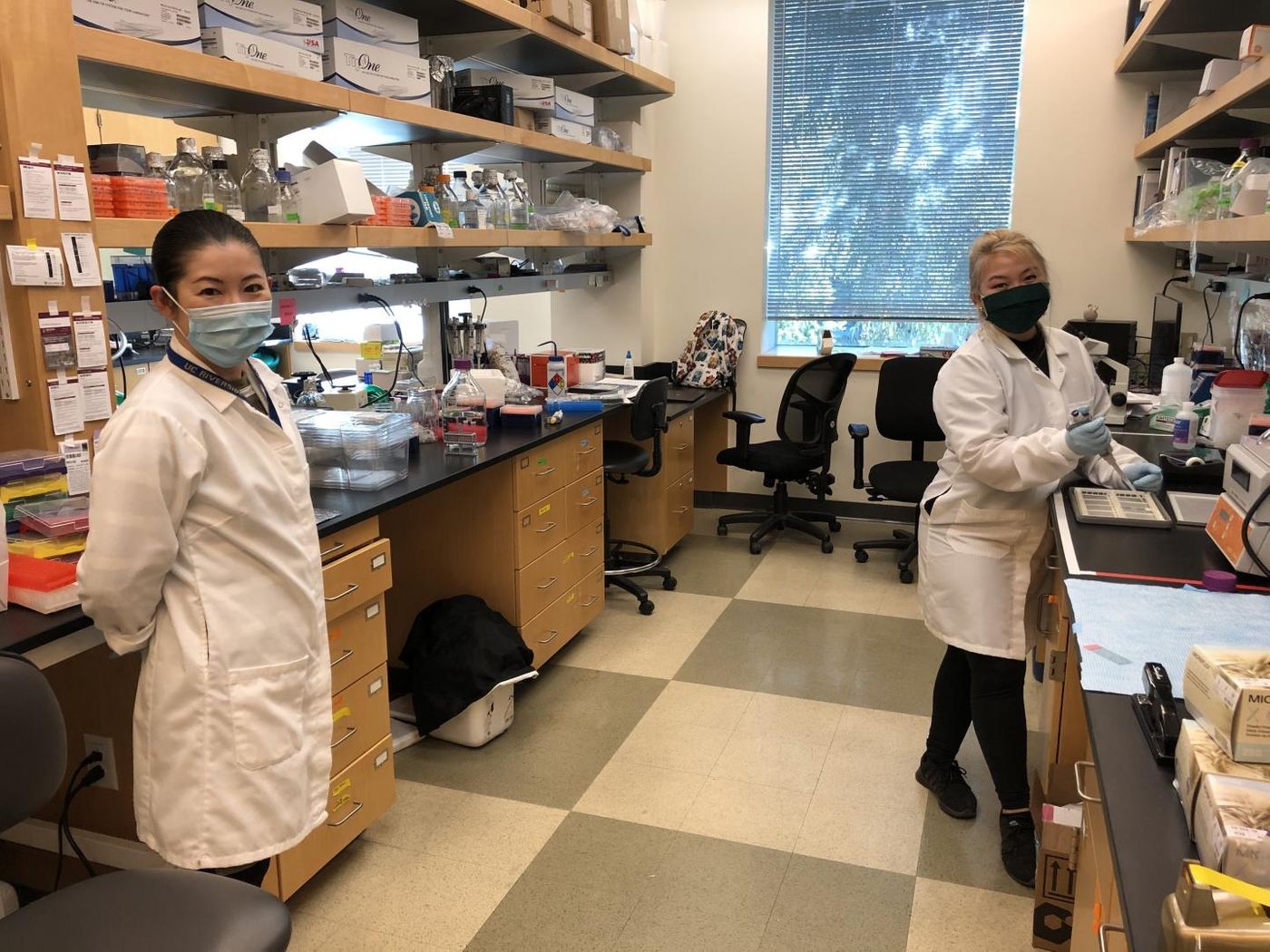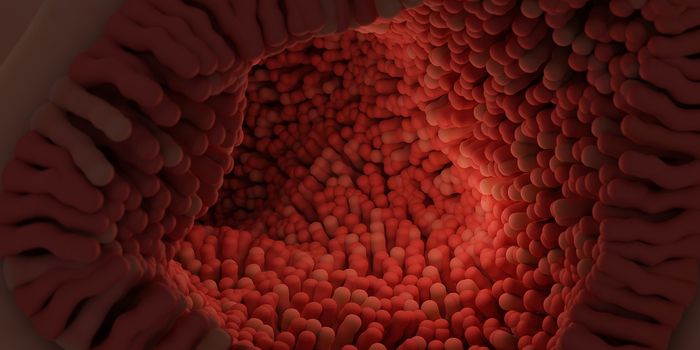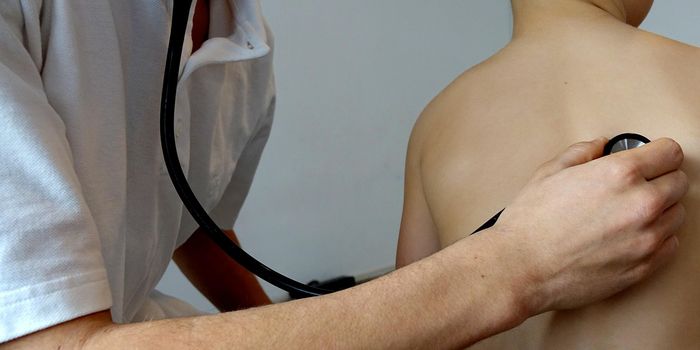Can a Scent Motivate Us to Exercise?
People are always looking for new ways to get inspired to exercise. Now odor is being proposed as a motivational tool for working out. Reporting in PLOS One, scientists have determined that in a mouse model, the sense of smell, also known as olfaction, could be involved in spurring mammals to start exercising voluntarily.
"Exercise, which is essential for both physical and mental health, can help prevent obesity and other inactivity-related diseases and disorders in humans," said lead study author Sachiko Haga-Yamanaka, an assistant professor of molecular, cell, and systems biology at University of California Riverside (UCR). "Some people like to exercise more than others do, but why this is so is not well understood."
In this study, mice were subjected to behavioral tests that give them the chance to run when they want, a method called voluntary wheel running, or VWR.
The researchers assessed normal (control) mice and mice that had been bred especially to show high levels of VWR activity. They found that in the mice that preferred to run a lot, there were changes in the genetics underlying their olfactory system (in the vomeronasal organs), and these changes altered their perception of smells.
"The olfactory system became genetically differentiated between the high runner and control lines during the selective breeding process with several chemosensory receptors in specific receptor gene clusters being differentially expressed between high runners and controls," Haga-Yamanaka said. "Our results suggest these chemosensory receptors are important trait locations for the control of voluntary exercise in mice."
We are constantly bombarded by odors in our daily lives, especially in places like gyms where many people and their accompanying odors can be found.
"It's not inconceivable that someday we might be able to isolate the chemicals and use them like air fresheners in gyms to make people even more motivated to exercise," said study co-author Theodore Garland Jr., a distinguished professor of evolution, ecology, and organismal biology at UCR. "In other words: spray, sniff, and squat."
The vomeronasal organ is found in most mammals and acts as an accessory olfactory organ. It can detect chemicals that animals release into their environment called pheromones, which can cause changes in those exposed to the molecules. Vomeronasal sensory receptor neurons can send signals to the amygdala and hypothalamus, which may trigger behavioral or hormonal changes. The human version of this organ is a structure known as Jacobson's organ.
"Taken together, our results show vomeronasal receptors as trait locations for voluntary exercise behavior in mice," Haga-Yamanaka said. "The high runner and control lines provide a strong model for determining the contribution of genetics to voluntary-exercise related traits."
The researchers are planning to isolate biological compounds from mouse samples to look for specific chemicals that increase exercise motivation.
Sources: AAAS/Eurekalert! via University of California Riverside, PLOS One










